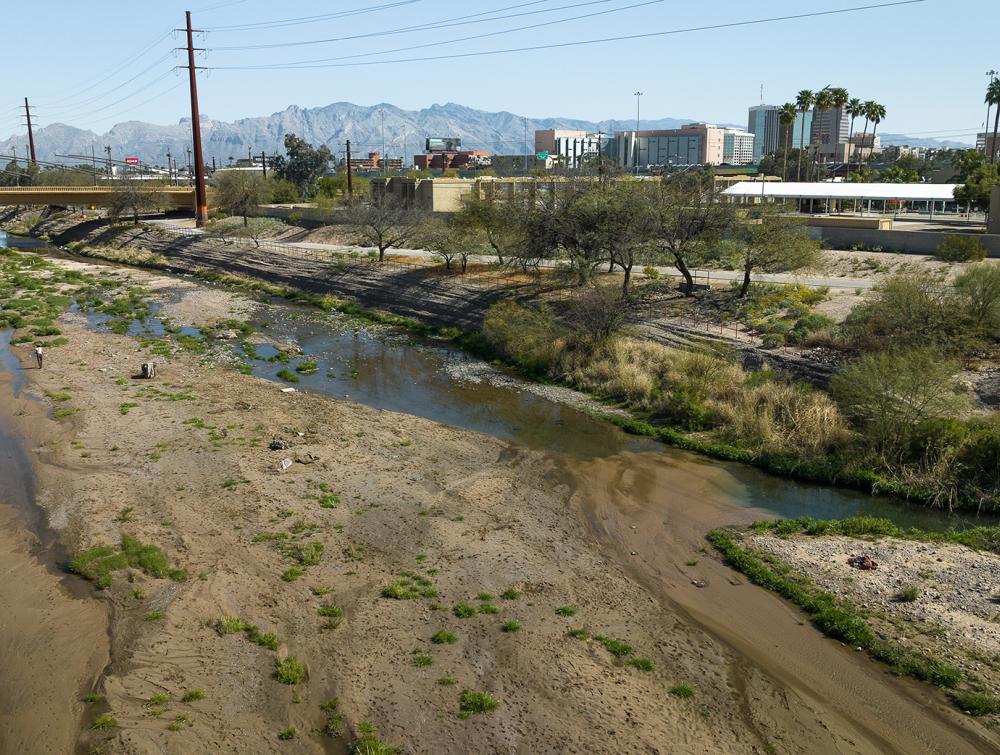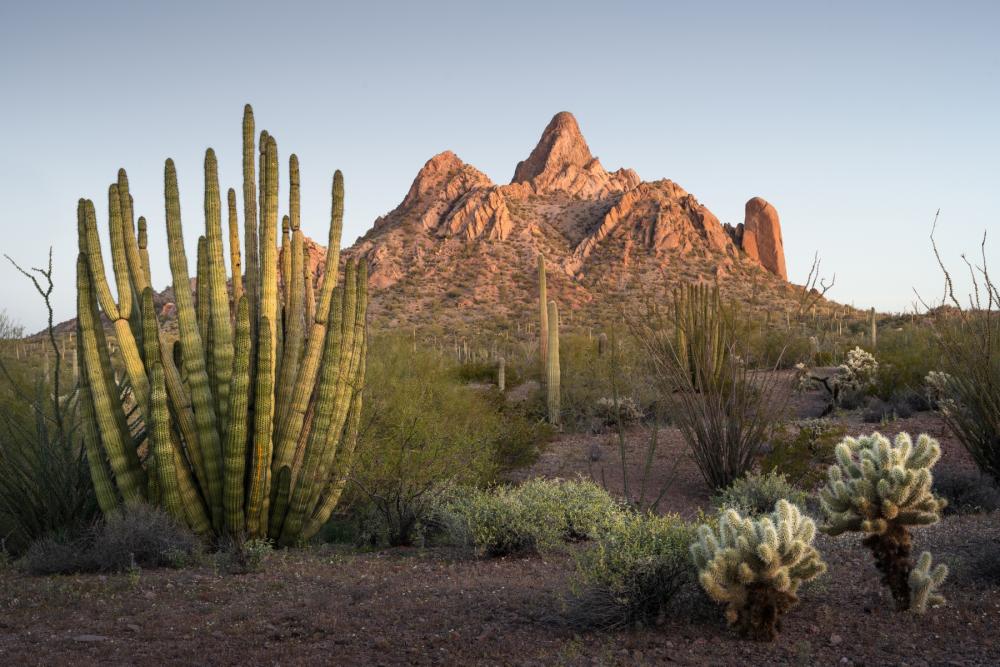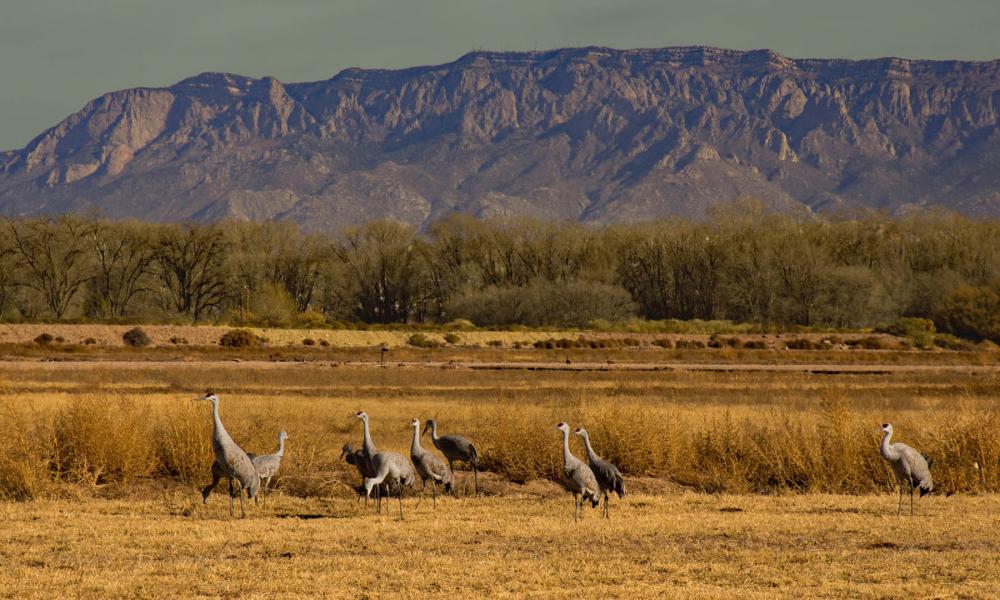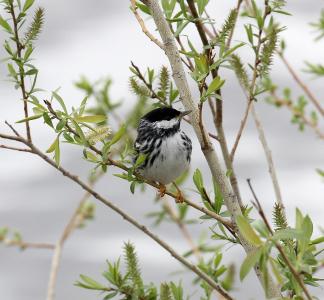U.S. communities need more—and larger—wildlife refuges

A site of the proposed Santa Cruz River National Wildlife Refuge in Tucson, AZ
Mason Cummings
Species and habitat vanishing faster than before
As the only federal agency tasked specifically with the conservation of wildlife as its highest priority, the U.S. Fish and Wildlife Service (USFWS) has a critical role to play in addressing the biodiversity crisis. Just last year, the USFWS declared 21 more species extinct and international researchers estimated 2 million species to be at risk of extinction.
But the USFWS also has a critical role to play in expanding equitable access to the outdoors—and to date it is a leader in doing so. Through the Urban Wildlife Conservation Program, the agency bolsters green space access for people living in cities throughout the country.
The USFWS manages over 560 national wildlife refuges—and 101 urban national wildlife refuges located within 25 miles of a city with a population of at least 250,000. But there is still an urgent need to protect more land from development and climate impacts. Local communities are urging USFWS to act. Here are three refuges that we think should be expanded or created:
Create: Santa Cruz River Urban National Wildlife Refuge, AZ
Southern Arizona’s Santa Cruz River has an incredible story of resilience and a rich cultural history. After providing life-sustaining water for 12,000 years, over-use in the 20th century resulted in a dry river. Concerted restoration efforts by local nonprofits, Pima and Santa Cruz Counties, and the City of Tucson have revived surface flows along stretches of the river and, in turn, revitalized miles of habitat. This resurrection has not only reconnected human communities with the river but has also led to the return of species like the Gila topminnow, southwestern willow flycatcher and threatened yellow-billed cuckoo.
Building upon years of progress and community efforts, a local coalition is advocating for the creation of a Santa Cruz River Urban National Wildlife Refuge in the heart of Pima and Santa Cruz Counties, running from the U.S./Mexico border north through Tucson. If created, it would be the first urban refuge in Arizona and protect a “string of pearls” along the river corridor to benefit local communities and wildlife alike.
Sign the petition to support the Santa Cruz River Urban National Wildlife Refuge.

Cactus, desert vegetation and mountains in Cuerda de Lena ACEC, AZ
Mason Cummings/TWS
Expand: Cabeza Prieta National Wildlife Refuge, AZ
The Sonoran Desert is one of several desert ecosystems in Arizona and boasts exceptional biodiversity thanks to a biseasonal rainfall pattern. Cabeza Prieta National Wildlife Refuge is tasked with protecting its many wildlife inhabitants. With over 800,000 acres of designated wilderness in its boundaries, Cabeza Prieta is one of the largest refuges in the country and a critical haven for endemic species like Sonoran pronghorn, bighorn sheep, javelina, LeConte’s thrasher and the iconic saguaro cactus.
The Sonoran Desert is at serious risk from climate change, a threat exacerbated by management of other local public lands for energy and mining development. The Department of the Interior has the power to proactively address these issues by incorporating approximately 60,000 acres of BLM-managed adjacent lands known in the “Ajo Block” into the Cabeza Prieta National Wildlife Refuge—providing an additional level of protection and expanding the connection between the Refuge and neighboring Organ Pipe National Monument. Doing so would safeguard and honor cultural sites that are sacred to the Tohono O’odham and Hia-Ceḍ Oʼodham peoples who have called the region home since time immemorial.
Sign the petition to support growing Cabeza Prieta National Wildlife Refuge.

Sandhill cranes in Valle de Oro National Wildlife Refuge.
Anthony Temer, USFWS
Expand: Valle de Oro Urban National Wildlife Refuge, NM
Nestled in Albuquerque’s South Valley, Valle de Oro is a 570-acre urban oasis carved from a former industrial dairy. It was the first urban wildlife refuge in the Southwest, and from the very beginning has been championed by local communities seeking to protect vital wildlife habitat while expanding outdoor access. Today, it is a thriving community hub, offering environmental justice programming, as well as paid opportunities for youth.
There is a unique opportunity to expand the refuge by incorporating 212 adjacent acres of bosque, or cottonwood forest, habitat along the Rio Grande. Adding this land to the refuge would not only protect this vital ecosystem in perpetuity but would also secure additional public access to the area for birders, paddlers, walkers, photographers and more.



